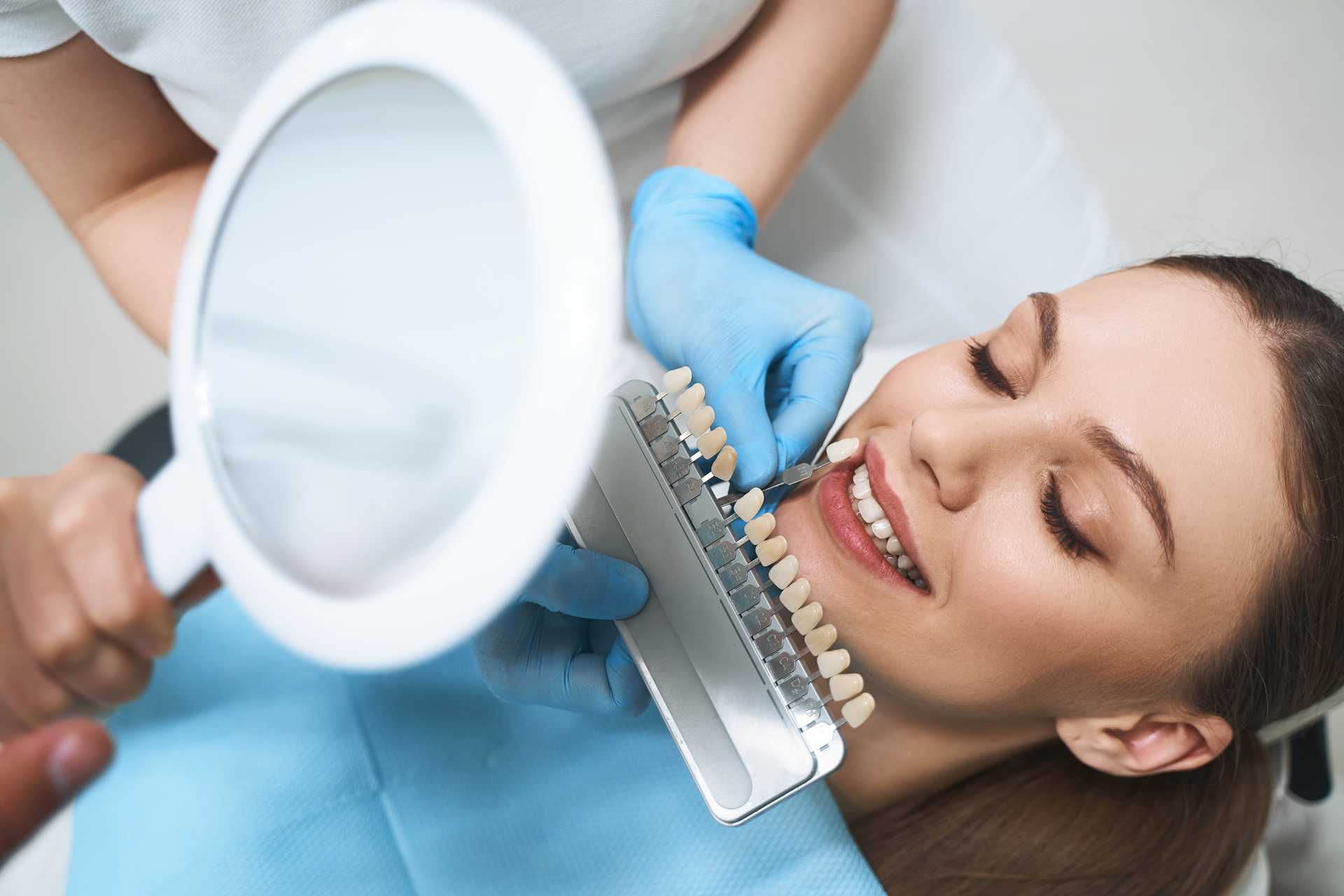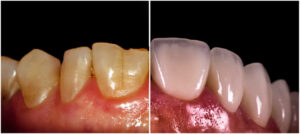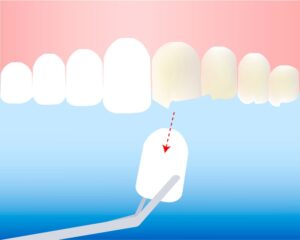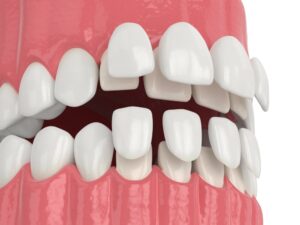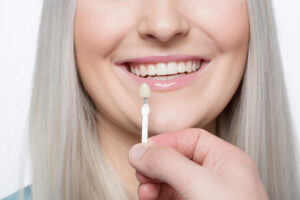Do porcelain veneers break easily? Good question, and since this is a delicate matter, we will answer it for you right now, and then go into the details. The answer is no, porcelain veneers do not break easily. Porcelain veneers, as we will see, can be of various types, and above all, some of them are almost unbreakable (although those are the most expensive). It is not easy for porcelain veneers to break, especially if the care measures for any denture are followed, including natural teeth, and some other special care measures that dentists recommend in each case.
Ready for a stunning smile transformation? Discover unbeatable veneer specials in Miami and take the first step towards your dream smile. Don’t wait, schedule now and seize this limited-time opportunity!
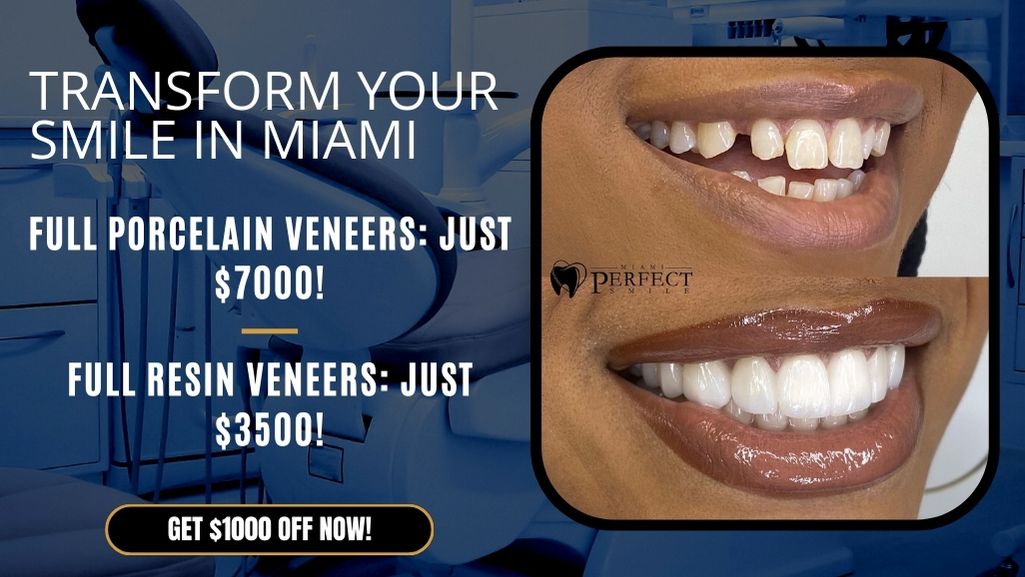
Hardness of composite veneers vs. Porcelain veneers
In a general sense, we can say that composite or composite resin veneers are less resistant than porcelain veneers. This does not mean that the composite ones break or peel off easily, but they are less resistant than the porcelain ones. Whether or not they will come off is something that will depend more on the quality of the adhesive used than on the material of the veneers itself. From this point of view, if we try to compare composite veneers vs. porcelain veneers, it must be concluded that neither breaks easily, although porcelain veneers break much less.
According to the Doctor of Medicine, Stomatologist, and Associate Professor of Stomatological Prostheses José Miguel Peña López, in his article Techniques and systematics of the preparation and construction of porcelain veneers (JM Peña López et al.), porcelain veneers have “high resistance to forces. Once cemented, they are capable of withstanding significant traction, tension, and shear forces since the adhesion they achieve to the enamel is high”.
Traditional composite veneers last 5 to 7 years maximum. After that period of time, the material expires, and it can break or stain more easily. On the other hand, porcelain veneers (as we will see later in detail), have a useful life of no less than 15 years, and with some of the most resistant types of porcelain, they can last 30 or more years. That’s how tough they are.
Something a little different must be said for some of the newer types of composite veneers. It has been proven that the composite, if nanotechnology additives are added, also becomes very resistant, sometimes with resistance rates close to those of porcelain veneers. Composite veneers are not the main topic of this article. But if you need details about them, please follow this link so you can download and read a specialized study on the high resistance achieved by composite resins with nanotechnology in dentistry.

The porcelain mix is the same, but the additives…
All-porcelain in itself is remarkably resistant, as we well know. Porcelain (sometimes referred to generically as “ceramic” in the world of dental veneers) is the perfect combination of strength and surface elegance, thanks to the level of finish and polish achieved with this material. Porcelain is the ideal material when it comes to imitating natural teeth, as it combines characteristics such as:
- A great whiteness, but not 100% (just like the dentin of teeth, which is never quite white).
- It is compact and hard once finished, but prone to assuming any shape during processing.
- Very low elasticity and waterproof.
- Very resistant to heat and chemical elements, as is required for a material that will be permanently inside the mouth.
The porcelain from which the veneers are made is not identical to the famous Chinese porcelain in terms of ingredients, although kaolin and feldspar are quite common in all types of porcelain. Western porcelain emerged or was reinvented with the aim of emulating oriental porcelain, which was always so admired in the West, but whose formula was secret. Where fine ceramic bone china and dental veneer porcelain are alike is in the method of manufacture, more precisely how they are fired at tremendously high temperatures.
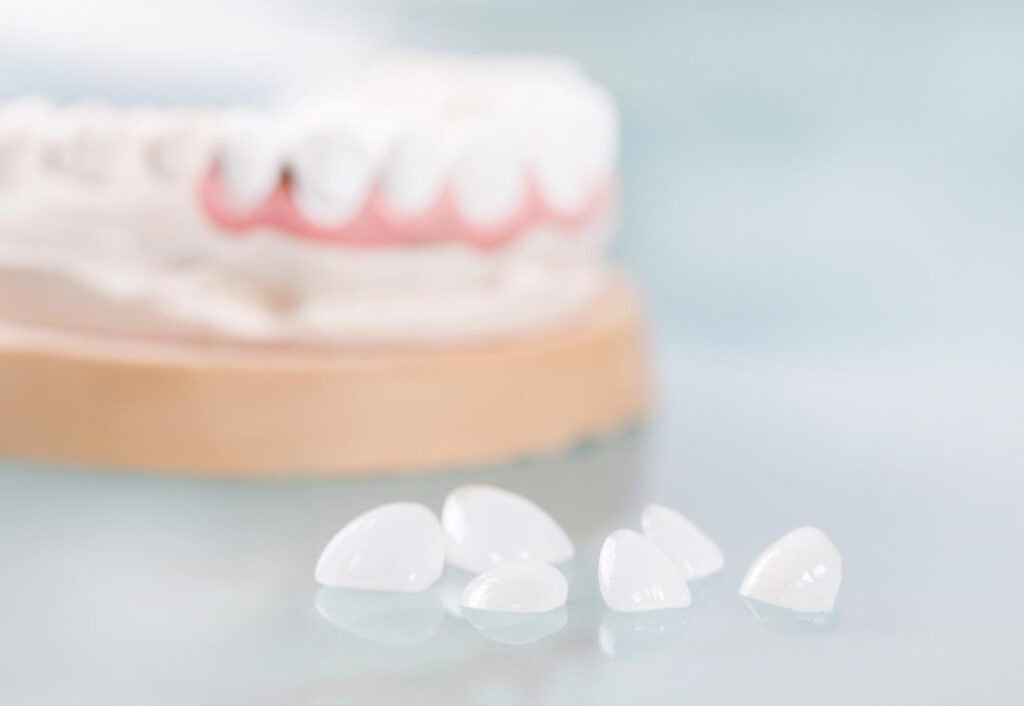
We must say that porcelain, more than material in itself, is a special way of making ceramics. The basic mixture for the porcelain of dental veneers of almost all types is usually very similar in ingredients, although it can vary in percentages. Thanks to the fact that it is mostly made up of feldspar, traditional porcelain is often called feldspathic porcelain, which is made up of:
- Kaolin: 3 to 5%
- Quartz: From 12 to 25%
- Feldspar: 70 to 85%
- Metallic colorants: Up to 1%
- Glass: Up to 15%
The gist is that, while conventional earthenware is made up of clay or clay fired at around 1,000 ° C in a single stage, porcelain is fired at almost twice the temperature, at 1,800 ° C in a first stage, and up to 1450 ° C in a second stage, which is the glazing stage. Thanks to this complex production process, a material that is so appropriate, beautiful, resistant, non-brittle and very similar to natural tooth enamel is obtained.
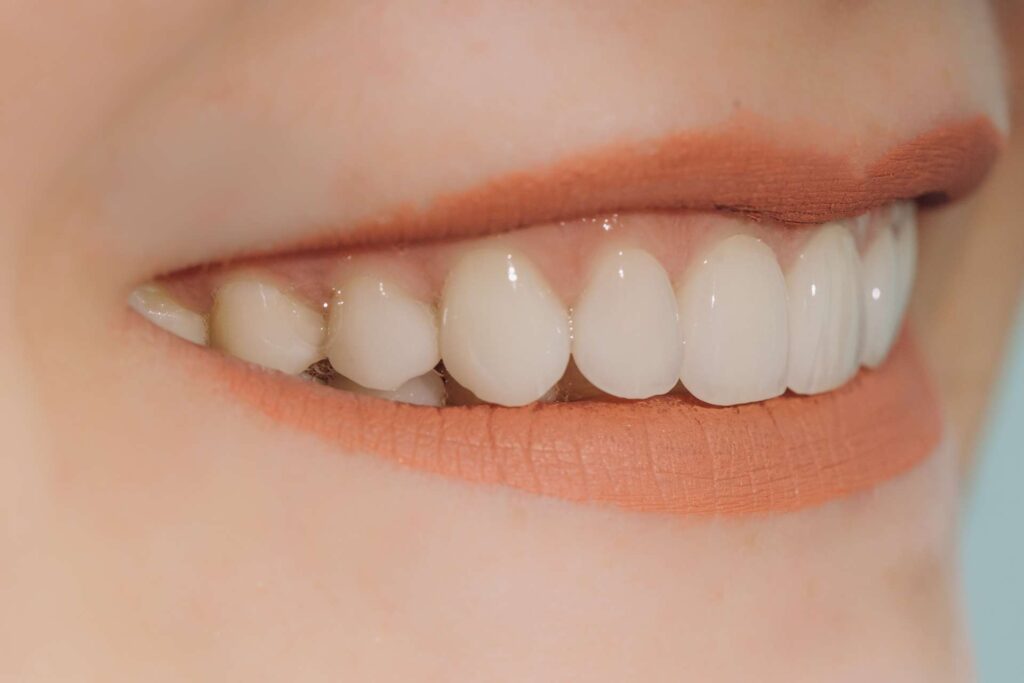
But in any case, the additives that are added to the porcelain make a difference and add a higher percentage of resistance. Such is the case of zirconium that is added to zirconia or porcelain veneers with zirconium, lithium that is added to lithium disilicate veneers, or leucite nanocrystals (Cerinate) that are added to Lumineers veneers. These are all-porcelain veneers, which become noticeably more resistant thanks to additives. The additives provide other characteristics that you can see in more detail in this article, and that results in porcelain veneers not breaking easily.
The degree of hardness or resistance of the veneers is a parameter of the greatest importance. This importance is not only due to the durability of the veneers (which is usually between 15 and 30 years, depending on the material). It is also because the more resistant the material of the veneers, the finer they can be manufactured, and the lower percentage of enamel wear the teeth will have to undergo.
The objective of manufacturing highly resistant veneers no matter how thin they are, is to ensure that there is no need to wear down the teeth at all, so that porcelain veneers become a reversible treatment, and not irreversible and permanent, as most of today’s veneers are. This is something that is being achieved more and more, since, as we will see in a later section, veneers have been manufactured (especially those from the group of porcelain with zirconium) with a resistance comparable to titanium alloys, this is twice as strong as the strongest steel, and 4 times as strong as iron.
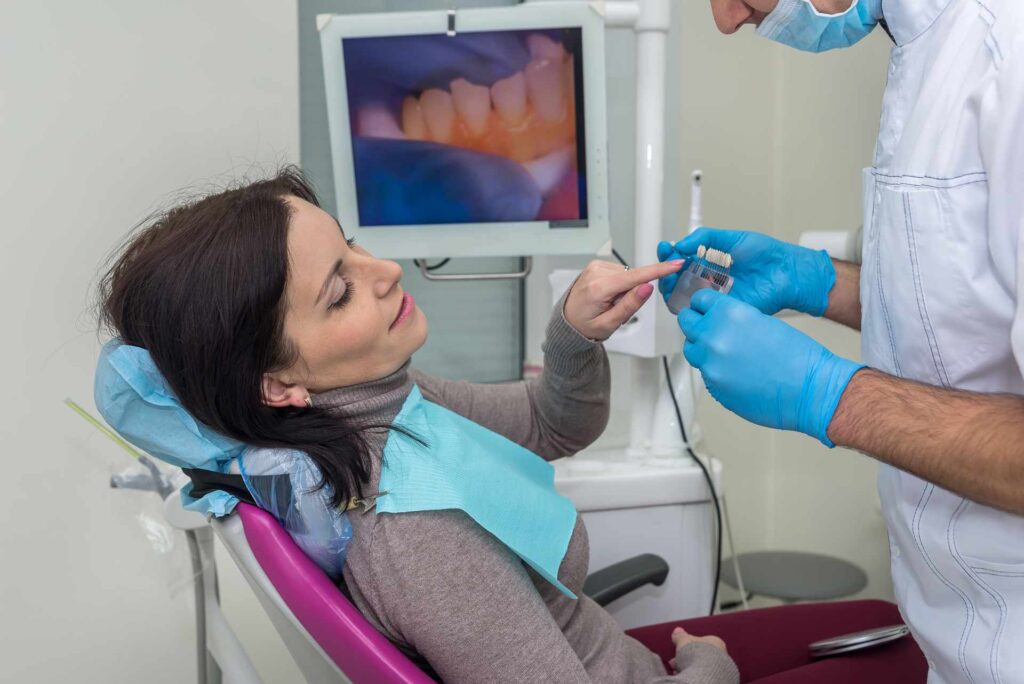
Degrees of hardness in MPa of the types of porcelain veneers
Within the International System of Units, the degree of resistance of porcelain veneers is measured from a quantity called breaking stress. Breaking stress is defined as the maximum stress a material can withstand without shrinking significantly. More specifically, the degree of resistance of the veneers is defined as the ability to withstand forces that are applied to them, without breaking, deteriorating, or permanently deforming.
The degree of resistance of a material (including porcelain veneers), within the International System of Measurements, is usually measured in pascals (Pa) or megapascals (MPa). In a general sense, specialists always explain that the material of porcelain veneers, regardless of the ingredients added to it, is usually very resistant.
In theory, all types of porcelain veneers have adequate fracture resistance: from 100 MPa to 1000 MPa depending on the type of porcelain (zirconias even exceed 1000 MPa). This, according to the ISO 6872 standard, makes them safe and suitable for use in aesthetic dentistry. Even feldspathic or traditional porcelain, which is the one with the lowest resistance, that is, from 100 to 300 MPa, is considered adequate. Following this are the additives, which put an epic twist on the strength of the porcelain and make it up to 10 times stronger. Depending on the specific material, porcelain veneers can be even stronger than natural tooth enamel, or at least as strong. The degree of resistance will depend on the type of dental veneer in question.
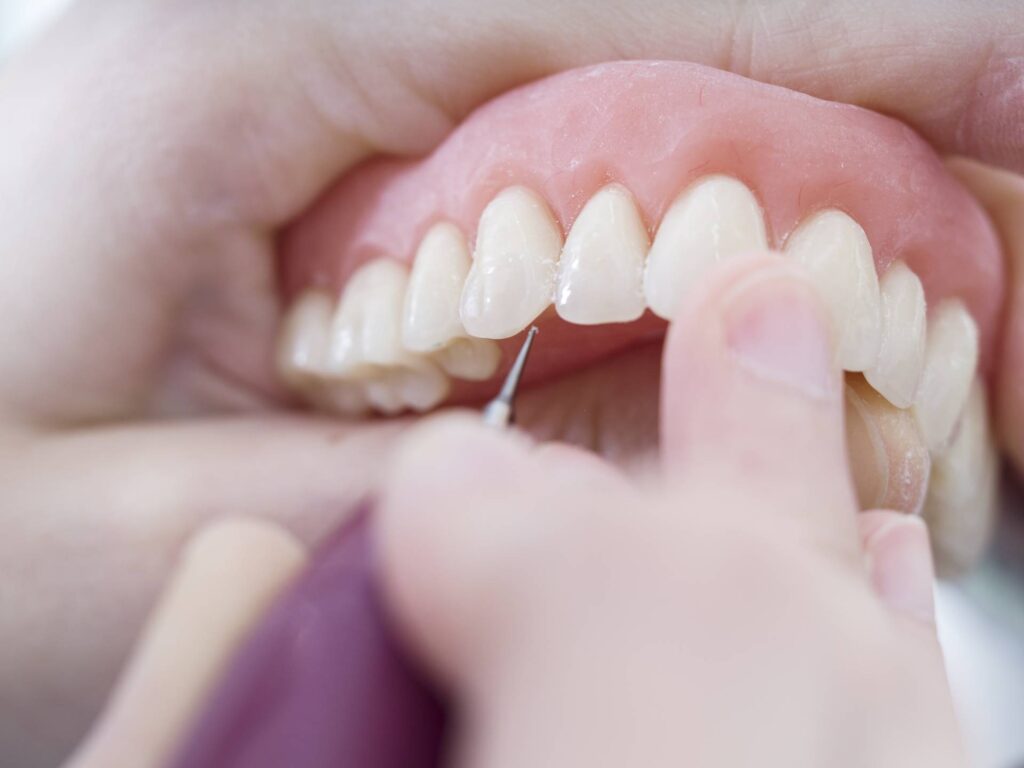
If you want to know many scientific and medical details on the subject of the resistance of the types of porcelain veneers from the additives that are added to the mixture, you can read the excellent article Dental ceramics: classification and selection criteria, published by several professors of dentistry and orofacial prosthetics from the Complutense University of Madrid and the Rey Juan Carlos University. This article served as the main source for the data that we will be providing below. Another article, from the University of Oviedo, entitled General characteristics and properties of metal-free ceramics, was also very useful.
Let us now analyze, summarized in a table, the resistance of each of the types of porcelain veneers expressed in megapascals. In another article, we have used a slightly different classification of the types of dental veneers than the one we will use here. In this table, we will follow a classification criterion based on the level of resistance of each class of porcelain or ceramic and its use because it is the most indicated here. In the table, we have also added a column of “Comparable to…”, so that, beyond the scientific magnitudes, you can empirically understand what we are talking about, thanks to a parallel between the resistance of the veneers and the resistance of other more or less known materials.
| TABLE OF GRADES OF HARDNESS (MPA) OF THE TYPES OF PORCELAIN VENEERS | ||
| TYPE OF PORCELAIN VENEER | RESISTANCE (IN MEGAPASCALS) | COMPARABLE TO… |
| Feldspathic porcelain (traditional) | 100 to 300 MPa (relatively low strength level) | It has a slightly higher strength than iron, whose maximum strength is 262 MPa. |
| Aluminum porcelain (Ivoclar,) | 300-700 MPa (moderate resistance level) | It has a resistance comparable to that of steel, which, depending on its thickness, has a resistance of between 400 and 600 MPa. |
| Zirconia porcelain (zirconium) | From 700 to more than 1000 MPa (high strength level) | It has strength only slightly lower than that of grade 5 titanium alloy, whose strength is 1170 MPa. |
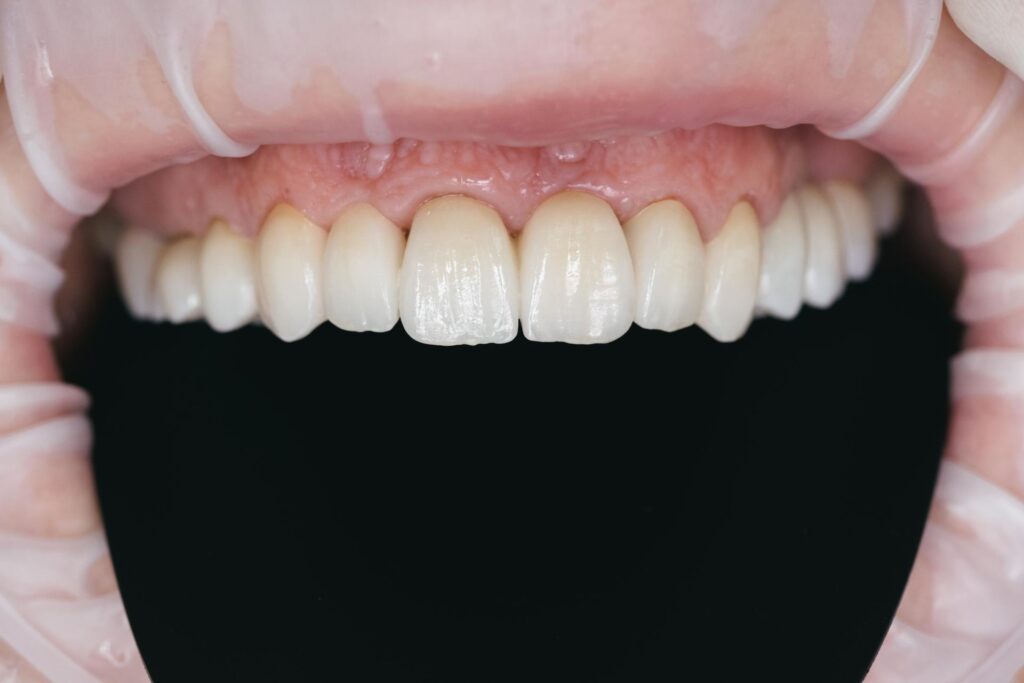
It is worth mentioning that Lumineers veneers, made from a combination of traditional ceramics reinforced with leucite nanocrystals, have a resistance of up to 216 MPa. This places them within the group of moderate-strength ceramic veneers.
Graph of the resistance to fracture of different dental ceramics
The following graph shows the degree of resistance to fracture of different ceramic systems used in aesthetic dentistry. The data comes from the ISO 6872 standard . The image can be downloaded from Research Gate by following this link .
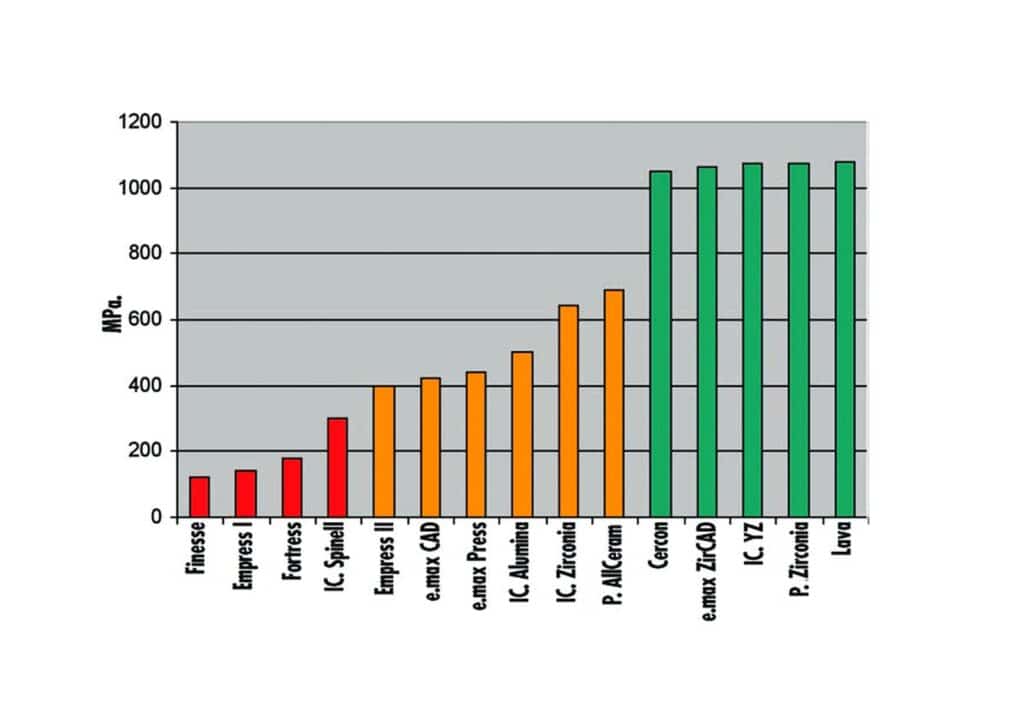
Tips so that porcelain veneers do not break easily
Porcelain veneers, as we have seen in this article, are remarkably resistant, as much or more so than the natural enamel of teeth. But their resistance, or what is the same, their useful life, can be prolonged if we give them certain care, not much greater than that which must be given to natural teeth. Here are some tips to further prevent porcelain veneers from breaking easily.
Follow the usual hygiene rules… and a little more
As is known, dirt weakens things. In the case of veneers, these, thanks to their polished, inert, and non-porous surface, are usually very resistant and not prone to the accumulation of tartar and dental plaque (they accumulate less tartar than natural enamel). But this does not mean that your hygiene can be neglected. In fact, their high resistance can be affected by a lack of hygiene. For this reason, normal cleaning standards must be maintained, and it is also advisable to avoid habits such as tobacco or alcohol, which damage both teeth and dental veneers.
Avoid habits that put force on teeth
Some people have certain more or less unconscious habits that are harmful to their teeth, such as biting their nails (onychophagia), clenching, compressing, or grinding their jaws while asleep or awake (bruxism), compulsively biting pencils, pens, and other objects, etc. All this should be avoided if you wear porcelain veneers, or even if you do not wear them. If you can’t avoid these habits at the moment, talk to your dentist and ask him or her to recommend wearing a discharge splint while you get over them.
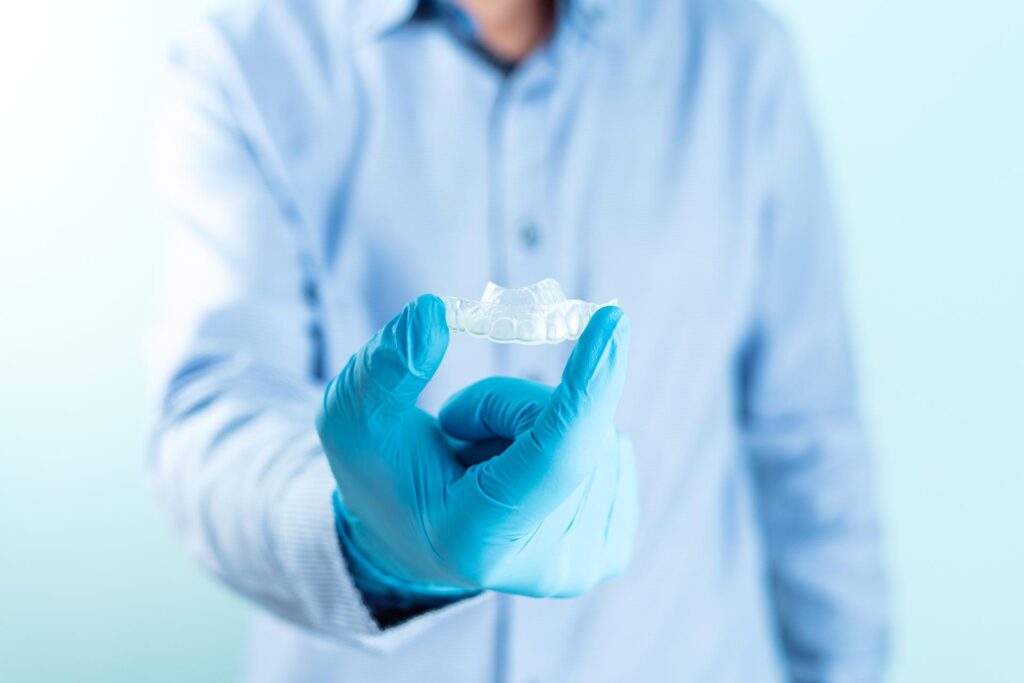
Do not eat foods that are too hard or sticky
Some foods are too hard for veneers, while others are extremely sticky, to the point that they can affect, peel or break them. These foods should be avoided, or in any case, should be eaten in moderation and chewed carefully. Within the group of foods that are too hard, there are those that are consumed in the form of toasted seeds or certain nuts, or hard nougats, certain cookies or sticks of hard bread, and the fried skins of certain animals such as pork (pork rinds), raw carrot (better soften it by steaming), etc. By all means, avoid chewing bones or ice cubes. Among the too sticky foods (which adhere strongly to the veneers), we find certain ways of preparing meat, some candies, jams, jellies, etc.
Don’t use your teeth as tools.
Using natural teeth as a tool is not normally recommended. Understand the use of teeth as tools when we use them to break a hard object (other than food), remove the cover from a cable, open a plastic container, or even loosen nuts, peel a stick or a sugar cane, holding hard or heavy objects, etc. Well, if this is not recommended with respect to natural teeth, it is less advisable to use porcelain veneers for such purposes.
For athletes: wear a mouthguard
If you are an athlete and you practice exercise that involves sudden body movements, throwing or dodging blows (in martial arts, boxing, hockey, ball sports such as soccer, basketball or baseball, etc.), it is best that you wear the regulation mouthguard. This accessory protects natural teeth, and it also protects porcelain veneers.
